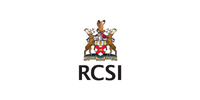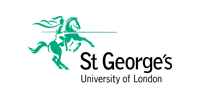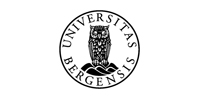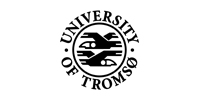Procedure
- Ask the patient to remove clothing from their arms and shoulders.
- Ask the patient to stand upright during the inspection.
- Inspect with arms hanging down.
- Palpate (if necessary) to better locate the position of a particular structure.
Dorsolateral Side
Stand 1-2 metres behind the patient and inspect the shape and the position of the following structures [Figure 66].
 Figure 66
Figure 66
1. Bones and Joints
- Medial epicondyle.
- Lateral epicondyle.
- Humero-radial joint.
- Humero-ulnar joint (not clearly visible).
- Olecranon.
2. Soft Tissue
- Skin.
- Muscle contours of the:
- Triceps brachii muscle.
- Brachialis muscle (lateral).
- Anconeus muscle.
- Brachioradialis muscle.
- Wrist and hand extensors:
- Extensor carpi radialis longus muscle.
- Extensor carpi radialis brevis muscle.
- Extensor digitorum muscle.
- Extensor carpi ulnaris muscle.
3. Relative Position of Structures
- Assess, with elbows stretched and lower arms in supination (anatomical position), the position of the epicondyles and the olecranon (Hueter’s line) [Figure 64].
- Ask the patient to bend the elbows by 90° and assess the position of the epicondyles and olecranon (Hueter’s triangle) [Figure 65].
 Figure 64
Figure 64
 Figure 65
Figure 65
Ventromedial Side
Stand 1-2 metres in front of the patient and inspect the shape and the position of the following structures [Figure 67].
 Figure 67
Figure 67
1. Bones and Joints
These cannot be assessed.
2. Soft Tissue
- Skin.
- Muscle contours of the:
- Biceps brachii muscle.
- Pronator teres muscle.
- Wrist and hand flexors:
- Flexor carpi radialis muscle.
- Palmaris longus muscle (this is not present in every person).
- Flexor digitorum profundus/superficialis muscle.
- Flexor carpi ulnaris muscle.
3. Relative Position of Structures
- Determine the degree of valgus or varus between the upper and lower arms when elbows are stretched and lower arms are in supination (anatomical position) [Figure 68]. Differences between left and right may indicate an old fracture. A varus position is pathological.
 Figure 68
Figure 68




























